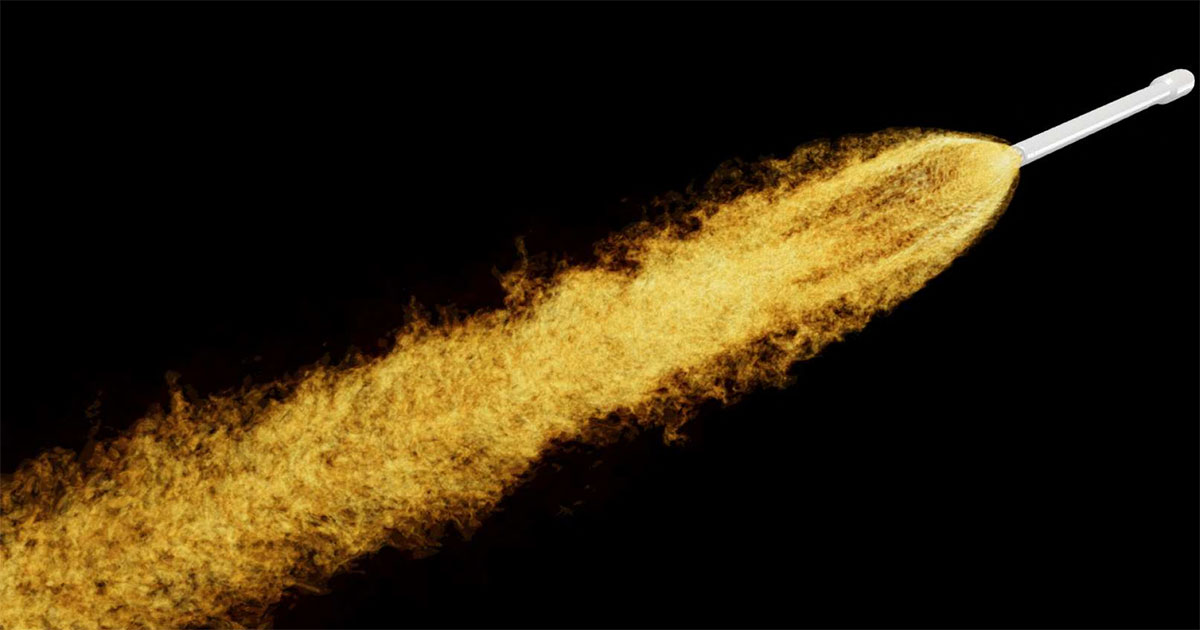Paper by UNIC Faculty on atmospheric pollution from rockets receives international attention
Researcher Ioannis W. Kokkinakis and Professor Dimitris Drikakis contribute to the understanding of how rocket engine exhaust pollution extends high into earth’s atmosphere
A paper entitled “Rocket Engine Exhaust Pollution Extends High into Earth’s Atmosphere”, published by UNIC faculty members Researcher Ioannis W. Kokkinakis and Professor Dimitris Drikakis has received international attention, as it contributes to scientists’ understanding how rockets’ propulsion emissions create significant heating and compositional changes in the atmosphere. So far, the paper has been featured in 55 news outlets around the world including The Independent, Times, Daily Mail, and Science Daily, it was widely discussed on Twitter, and a dedicated press release was issued by the prestigious American Institute of Physics.
The paper specifically addresses the impact of rocket exhaust gases on atmospheric pollution through high-resolution computational fluid dynamics simulations by modeling the exhaust gases and developing plume at several altitudes along a typical trajectory of a standard present-day rocket, as a prototypical example of a two-stage rocket to transport people and payloads into Earth’s orbit and beyond.
In their paper, scientists Kokkinakis and Drikakis show that pollution from rockets should not be underestimated as “frequent future rocket launches could have a significant cumulative effect on climate”. In fact, they argue, the production of thermal nitrogen oxides can remain considerable up to altitudes with an ambient atmospheric pressure below but of the same order of magnitude as the nozzles exit pressure. At the same time, the emitted mass of carbon dioxide in the mesosphere is equivalent to that contained in 26 km3 of atmospheric air at the same altitude, according to the data cited in the paper.
Commenting on the research findings, UNIC President for Global Partnerships, Professor Drikakis expressed his hope that “commercial flight companies, such as SpaceX, Virgin Galactic, and the New Shepard, and their associated engine manufacturers, will consider these effects in future designs”.

